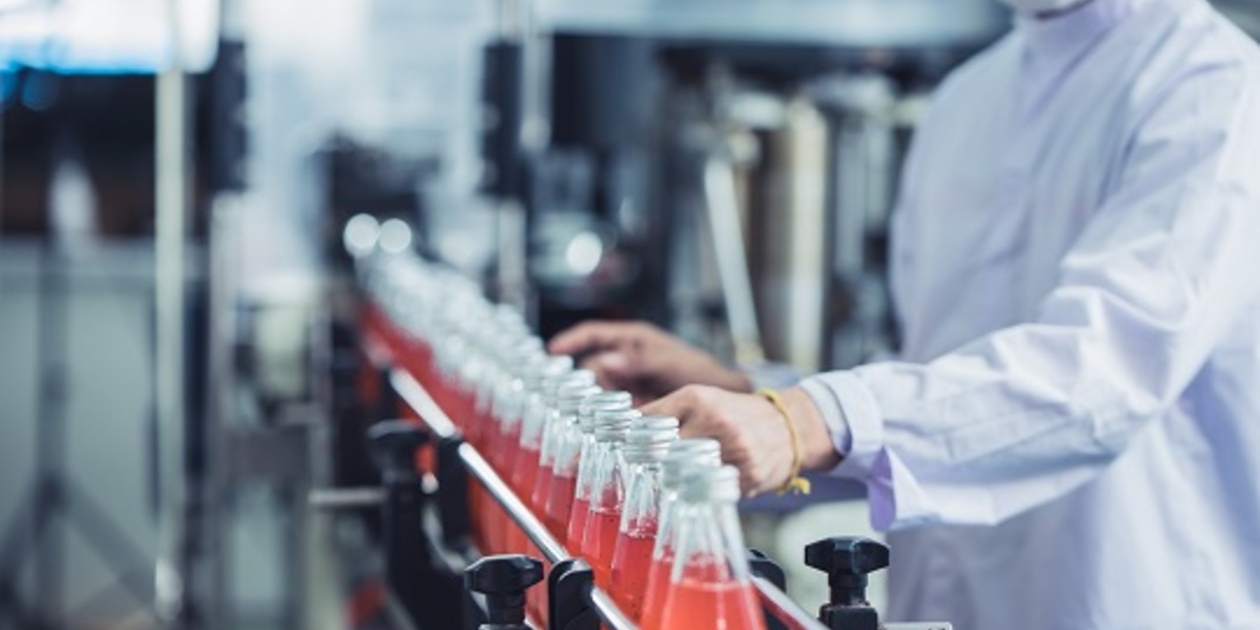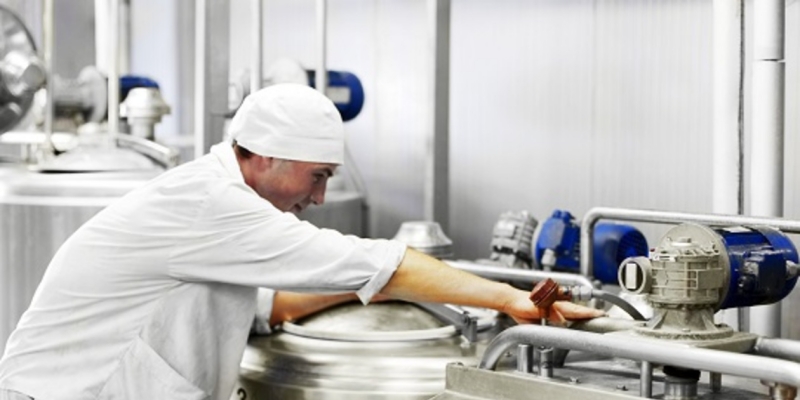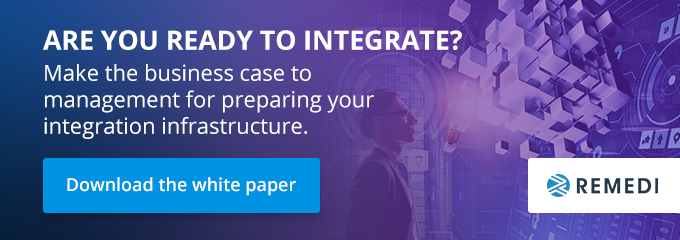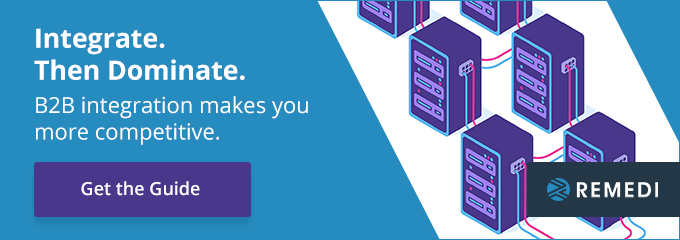
At the dawn of 2020, the food and beverage industry had already been going through some pretty dramatic changes; it had witnessed shifts in customer demands and expectations. New, harsher regulations came into effect, and new technologies impacted the supply chain. However, no one foresaw how the events of 2020 would affect the food and beverage supply chain.
Even though we’re almost halfway through 2021, we’re still grappling with the fallout from the global pandemic. Read on to learn what trends and challenges the food and beverage industry faces. Are You Ready to integrate?
What Challenges Arose During COVID-19?
The food and beverage industry faced challenges before COVID-19 struck; consumers expressed a desire for greater sustainability, governments enacted stricter regulations, and companies had to contend with technological changes that reshaped the supply chain.
COVID-19 created new problems:
- Increasing demand for non-perishables
- Concerns about contamination
- Supply chain disruptions
Increasing Demand for Non-Perishable Items
In retrospect, three items defined 2020: toilet paper, disinfectant wipes, and hand sanitizer. Rumors and fears about shortages led people to stockpile toilet paper while disinfecting and sanitizing became easy ways to protect oneself from the virus.
In addition to those three items, people also bought flour, baking soda, and yeast. The lockdown forced people to stay at home, which led them to bake more. Business closures also meant it was more difficult to buy freshly baked goods.
Concerns about Contamination
Within a few months of the coronavirus’ spread, workers in the meatpacking and processing industry began falling ill.
Plants shut down, and fewer packages of meat appeared on store shelves. Consumers rightfully worried they would be exposed to a potentially deadly virus.
Supply Chain Disruptions
If it wasn’t enough that consumer demand for non-perishable items drastically shifted and coronavirus cases rocked the meat supply chain, there were other supply chain disruptions during 2020.
Several countries enacted import bans, meaning they wouldn’t accept goods from certain places. For food and beverage manufacturers, that meant previously reliable sources of raw materials were no longer available. They had to scramble to find new suppliers.
Trends in the Food and Beverage Industry Going Forward
As we begin to recover from both the coronavirus and the chaos it has wrought, what kinds of trends will we see in the food and beverage industry?
- Greater regulatory constraints
- Higher demand for traceability from consumers
- Increased demand for food and beverage e-commerce
Greater Regulatory Constraints
Governments will enact even stricter laws to prevent any further contamination in the food and beverage supply chain.
Food and beverage manufacturers can expect to work in an even more constrained regulatory environment, with harsh penalties for noncompliance. Regulations will focus on greater transparency and traceability to prevent contaminated foods and beverages from sickening consumers.

A Higher Demand for Traceability from Consumers
In addition to regulatory pressures, food and beverage manufacturers also face even greater demand for traceability from consumers. Consumers previously wanted to know more about where their food came from and if it was grown in a sustainable, ethical manner.
Now, consumers want assurances that their food is also safe. They don’t want to worry about potential contamination because a factory worker got sick.
Increased Demand for Food and Beverage Ecommerce
During the pandemic, many customers bought their groceries online. They found the experience safer and more convenient than shopping in stores, which is why 31% of US consumers will continue doing it after the virus has been contained. Another trend has emerged, though – consumers are buying food and beverage products directly from manufacturers.
Previously, food and beverage manufacturing was strictly B2B – companies would never sell directly to customers. However, new technology has made B2C sales possible for manufacturers; the caveat is they need the proper technological infrastructure (more on that later).
How Can the Food and Beverage Industry Handle These Trends?
The trends we discussed above put pressure on the food and beverage industry to adapt to new regulations and changing consumer demands. However, with the right technology, it’s possible to thrive in an increasingly competitive business environment.
In the following sections, we’ll discuss how data integration systems and B2B integration help food and beverage manufacturers handle new challenges.
Data Integration Systems Increase Traceability in the Supply Chain
Data integration systems collect and integrate electronic transactions, messages, and data from internal and external systems and devices to a separate data structure so it can be cleaned, organized, and the right people can analyze the data.
They bring together all of the disparate electronic information you have across the company into one digital location. Digital integration systems increase transparency in the supply chain by making it easier to find information.
“Data integration systems boost transparency in the supply chain.”
We’ll illustrate with an example. Kent Fine Foods imports raw materials from Italy for its hazelnut cookies. A shipment of hazelnuts becomes contaminated, but the nuts are used in the cookies before anyone detects the problem.
With data integration systems, managers find the lot numbers of the contaminated items and pull those packages out of stores before consumers can fall ill. This satisfies regulatory requirements and gives consumers peace of mind that what they’re eating and drinking is safe.
B2B Integration Enables B2C Sales for B2B Companies
B2B integration solutions bring corporate systems of record into one place. They also enable B2B companies to sell directly to consumers.
Through B2B integration, you can connect your systems of record to procurement hubs or food and beverage eCommerce solutions. That allows customers to buy directly from your company rather than through a supply chain partner.
“B2B integration enables food and beverage e-commerce.”
Food and beverage e-commerce is a trend that shouldn’t be ignored – Nielsen research reveals that55% of consumers have purchased groceries online and want to do so in the future.
While the global pandemic created an uncertain, stressful environment for food and beverage manufacturers, they can successfully navigate the aftermath with the right technological tools. Integrate. Then Dominate.




